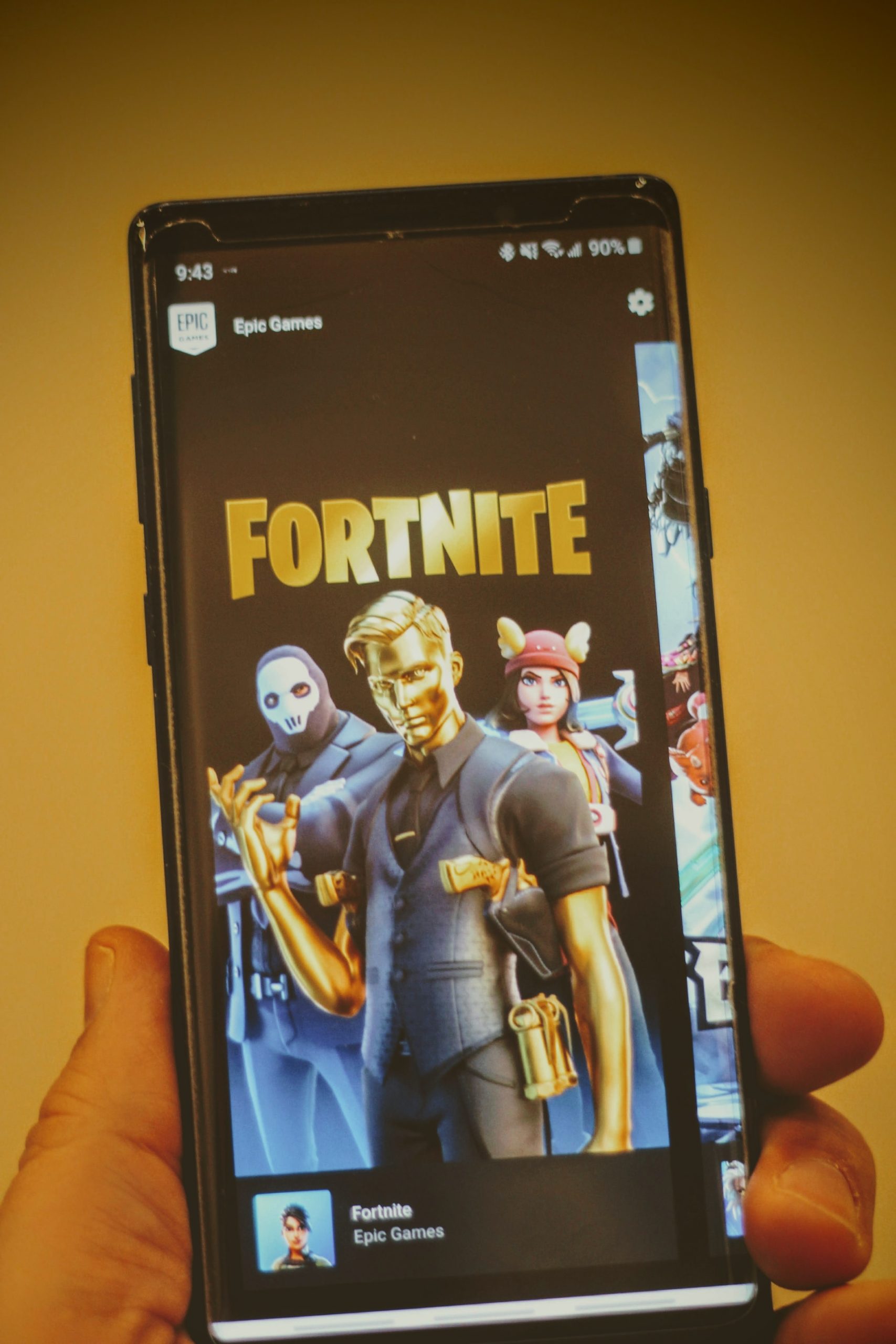In the world of gaming, the advent of 5G was touted as a game-changer. The blazing-fast speeds and low-latency promised a revolutionary mobile gaming experience. However, two years after the first 5G networks were launched, the reality has not matched the hype. In this article, we’ll take a closer look at the current state of 5G mobile gaming, explore its potential and limitations, and discuss the roadblocks that are preventing it from becoming a mainstream phenomenon.
The Current State of 5G Mobile Gaming: While 5G networks are spreading around the world, the number of smartphones that support the technology is still limited. According to Counterpoint Research, 5G-enabled smartphones made up just 14% of total smartphone sales in Q2 2021. Even among 5G smartphones, not all of them are created equal. Some devices support only a few 5G bands, while others support a wider range of bands, making them more compatible with different carriers and networks.
On the gaming front, some game developers have already released 5G-enabled games, such as “Honor of Kings” and “League of Legends: Wild Rift.” These games can take advantage of the low-latency and high-bandwidth offered by 5G to deliver smoother gameplay and faster loading times. However, the number of 5G-enabled games is still limited, and most popular mobile games are yet to be optimized for 5G.
The Potential and Limitations of 5G for Mobile Gaming: The potential of 5G for mobile gaming is vast. With its low-latency, 5G can offer a more responsive and immersive gaming experience. Gamers can enjoy real-time multiplayer gaming without the lag that often plagues current mobile gaming. Moreover, 5G’s high bandwidth can enable game developers to create more complex and graphics-intensive games, with larger game worlds, more realistic environments, and more detailed characters.
However, there are also limitations to 5G for mobile gaming. One of the biggest challenges is the limited coverage of 5G networks. While 5G networks are expanding, they still cover only a fraction of the world’s population. In addition, the speeds and performance of 5G networks can vary depending on the location, the network infrastructure, and the number of users connected to the network. These variations can affect the gaming experience, causing latency, lag, and other issues.
Another limitation is the cost of 5G. While some carriers offer 5G plans at similar prices to 4G plans, others charge a premium for 5G services. This can be a barrier for many gamers, especially those in developing countries or those with limited budgets.
Roadblocks to Mainstream Adoption of 5G Mobile Gaming: There are several roadblocks that are preventing 5G mobile gaming from becoming a mainstream phenomenon. One of the biggest obstacles is the lack of 5G-enabled devices. While the number of 5G-enabled smartphones is growing, it is still limited, and many gamers may not be willing or able to upgrade their phones just for 5G gaming.
Another roadblock is the limited coverage of 5G networks, as mentioned earlier. This is especially true in rural areas or developing countries, where 5G infrastructure is still in its infancy. Until 5G networks are more widely available and accessible, 5G mobile gaming will remain a niche activity.
Finally, there is the issue of cost. As mentioned earlier, 5G services can be more expensive than 4G services, and this can be a barrier for many gamers. In addition, some gamers may not see the added value of 5G for gaming.




